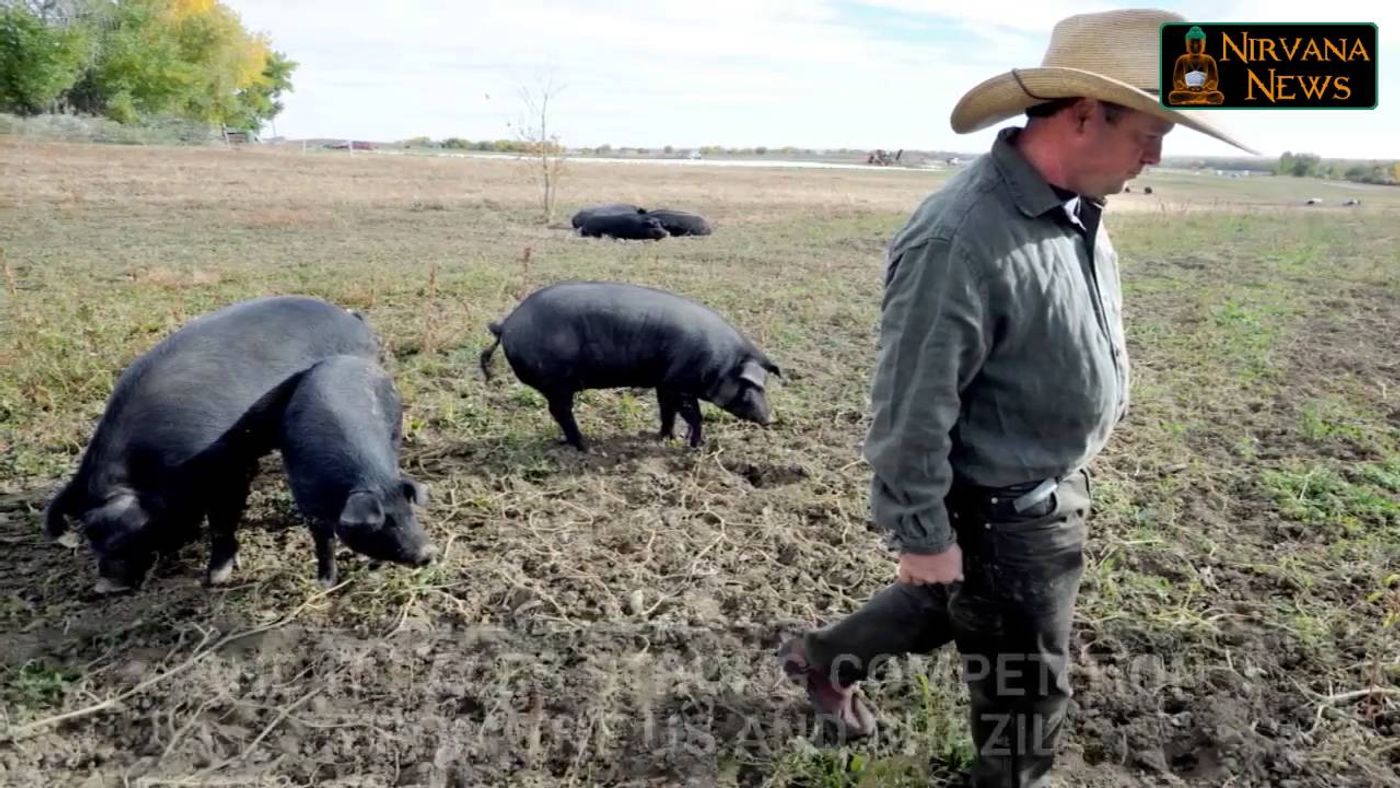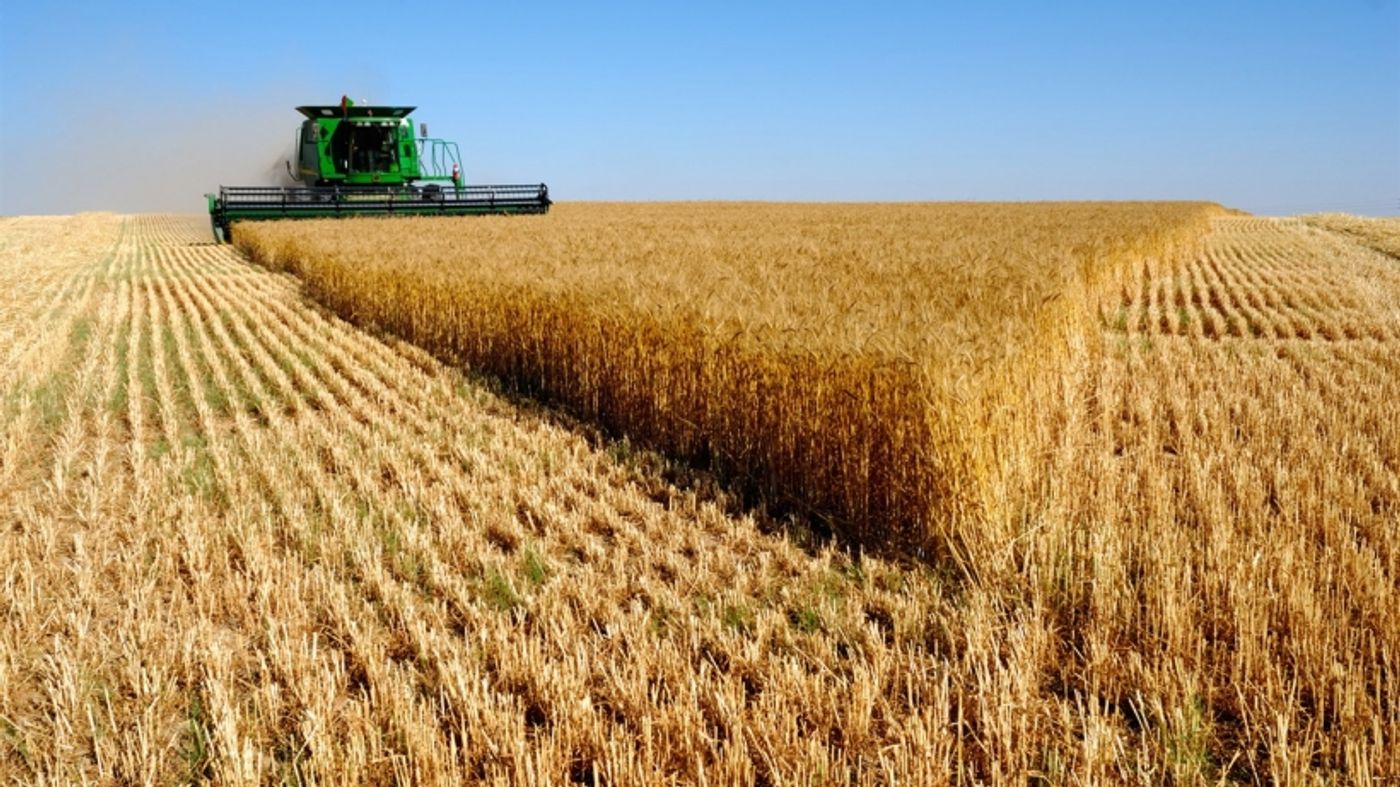President Putin recently announced that Russia plans to become self sufficient for its food resources by 2020. Furthermore, he intends to make Russia the largest world exporter of organic, non-GMO foods. Beginning with Putin’s first presidency, Russia began to transform its agricultural production in 2000. During the 90’s when Yeltsin was president, Russia imported a majority of the foods that the country needed from the US instead of promoting their own poultry and vegetables, which were actually of better quality. Now, however, only a year and a half after making the decision to prohibit the main agricultural imports from the European Union to Russia as a reprisal because of the sanctions imposed by the EU on Russia, internal agricultural production in Russia is experiencing a rebirth.

In terms of dollars, the Russian exports supersede the value of arms, and are equivalent to a third of the revenues from the exportation of gas. President Putin said in a meeting with members of Parliament in December about the status of the nation: “Our agricultural sector is a positive example. A decade ago we imported almost half of our food products and we critically depended on these imports, while now Russia has joined the exporter’s club. Last year Russia’s agricultural exports reached almost 20 billion dollars. This is a quarter more than our previous incomes from the sale of arms and around a third of the previous income from the exportation of gas. Our agriculture has made this jump in a short but productive period. Many thanks for the residents of our rural zones.”
Because of the push from the US sanctions against Russia and the EU ban, the former Soviet Union is turning adversity into opportunity. Neo Journal quotes some of the statistics on the rise in Russian self-sufficiency: “Since the August 2014 EU food import ban was imposed, production of beef and potatoes has increased by 25%, of pork by 18%, of cheese and cottage cheese by 15%, of poultry meat by 11%, and of butter by 6%. The 2015 Russian vegetable harvest was also a record, with output overall growing by 3%.”

Luckily, Russia’s largely untouched soil gives the country a great advantage for fertile crops. Neo Journal explains: “Russia encompasses one of only two soil belts in the world known as “Chernozem belts.” It runs from Southern Russia into Siberia across Kursk, Lipetsk, Tambov and Voronezh Oblasts. Chernozem, Russian for black soil, are black-colored soils with a high percentage of humus, phosphoric acids, phosphorus and ammonia. Chernozem is very fertile soil producing a high agricultural yield. The Russian Chernozem belt stretches from Siberia and southern Russia into northeast Ukraine, on to the Balkans along the Danube.” Furthermore, “Because during the Cold War economic restraints dictated that products of the chemical industry were dedicated to national defense needs, the fertile Russian soil has not been subjected to decades of destruction from chemical fertilizers or crop spraying as the soils in much of the west.” This will help the country greatly in its goal to reach self-sufficiency by 2020.
Sources:
Neo Journal,
El Robot Pescador










